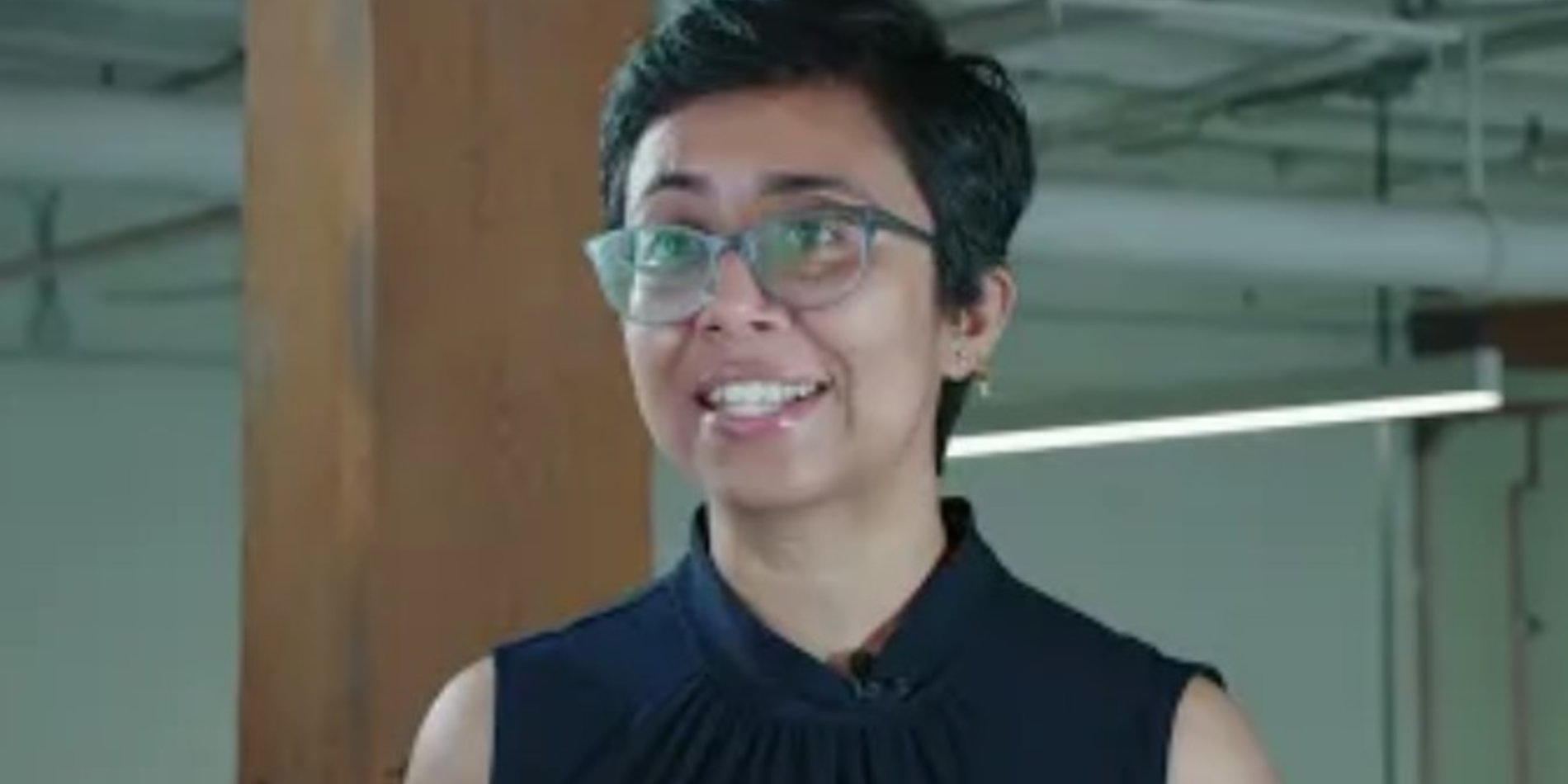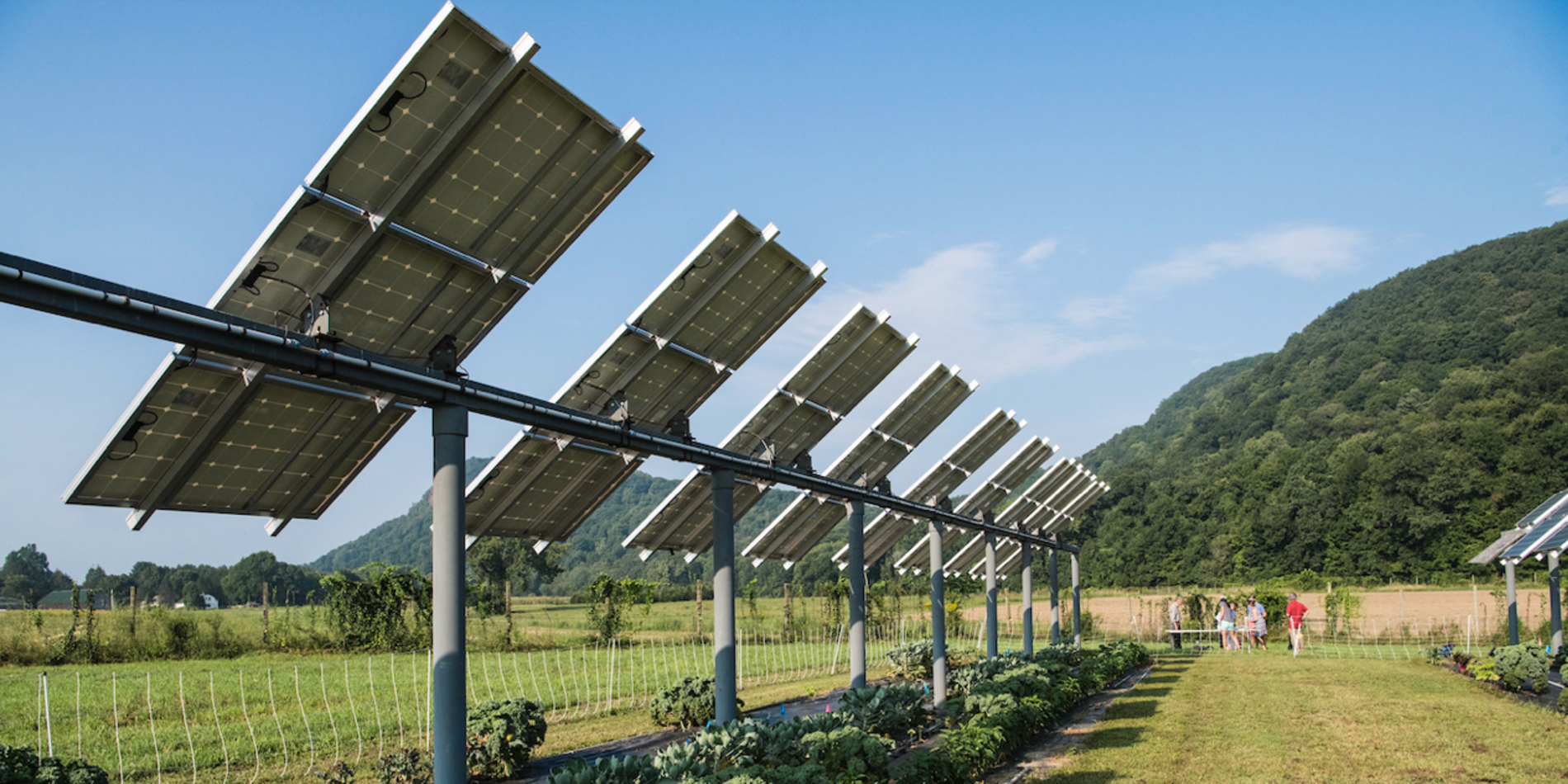Intrepid Science
Science is creative. Science is exciting. Science is fun. This mindset is how Cooper Galvin, MS ’17, PhD ’19, became a scientist, largely thanks to a biology teacher who would chaperone experiments after high school for him and his friends, for the joy of it.
Free-wheeling science like this is rare—and it is what Galvin wanted to bring to younger students as he began pursuing a Stanford doctorate in biophysics in 2015. Adventurous scientific inquiry isn’t typically in the budgets of underserved classrooms. So that’s where he started, by connecting with the top-rated teacher at Andrew P. Hill High School in east San Jose, Calif.
Soon he and grad school friends were standing in a high school gym pitching their concept to a group of 70 student recruits: Join us two Saturdays each month. Invent a science project, and we will show up for you. The next session, 40 students returned and so began the grand experiment of the Stanford Future Advancers of Science and Technology, or FAST.
Saturday school

From the beginning, FAST has served students who, despite their budding curiosity, lack access to pursue it scientifically—the students for whom a dedicated mentor and science project can make a profound difference.
By now, the group has grown to include 70 Stanford mentors and 170 students each year across two high schools in San Jose, with plans to team up with graduate students from the University of California, Berkeley, to expand into the East Bay next year, and possibly San Francisco the year after that.
Most FAST students are from low-income families, with more than 80 percent qualifying for free or subsidized lunch, and the vast majority are Vietnamese-American or Latinx. They are often children of immigrants, of parents who work second and third jobs, of hard laborers. Typically, they are the first in their families to consider college.
In fact, college admission rates are perhaps the most compelling evidence of FAST’s impact: all of the 12th grade student participants from the 2018–19 academic year will begin college this fall, as did the previous year’s cohort, compared to roughly 25 percent of their peers in the district.
For Katie Liu, who will take over as FAST president from Galvin this fall, she first joined as a mentor because of her desire to connect to the broader community beyond the Farm and to pay it forward.
“Where would I be if no one had ever told me, ‘I believe in you?’” she says, recalling the confidence she gained from her high school chemistry teachers.
“I hope we can empower people at younger and younger ages so they can proliferate and become graduate students, become scientists, become professors, and make our systems more representative of what our population actually looks like,” says Liu, who is pursuing her doctorate within Stanford’s Department of Chemistry, where only 4 of the 24 faculty members identify as female and only 1 is an underrepresented minority.
“Having people who come from different backgrounds is an asset in science,” she says, pointing to the resourcefulness she has witnessed in her students—how they crack problems that stump the mentors and can bootstrap with the best of them. “Diversity always improves the creativity and the new ideas that come into a workplace.”

High school students show up for a variety of reasons—to bolster college applications, to follow a teacher’s nudge, to appease a parent—but they usually stay for only one: It’s a lot of fun.
“I could fund FAST completely if I had a dollar for every time I heard a student say, ‘I can’t believe I’m at school by choice!’” says Galvin.
Instead, the group receives financial support from more than a dozen organizations within and beyond Stanford. The TomKat Center for Sustainable Energy program to support educational activities, energyCatalyst Grants, has supported FAST since 2017.
“What brought us to the TomKat Center’s door is that many of our students have a natural inclination toward climate and the environment. A lot of their parents and relatives are working in agriculture, so they have a vested interest in how the earth is treated and the people who work the earth,” he says.
Most recently, a TomKat Center energyCatalyst Grant allowed the purchase of laptops and hardware that vastly increased the computing power available to students.
“One student was simulating the interactions of black holes,” says Raj Balaji, MS ’19, a PhD student and chief program officer for the James Lick High School program. “Most of these students only have access to computers at school, and you can’t do that on a Chromebook.”
Student-led experiments
Originally, the team had envisioned pre-formulated projects for FAST, but after that first day in the gym, they knew better. The way to engage students was to start with their ideas—their crazy, expansive ideas: fruit juice batteries, a functional tidal energy generator, a sign-language-interpreting glove built for less than $75. (All of which have since become student-led projects.)
“Take it to the ridiculous—take it past the ridiculous—dive into your curiosity,” Galvin says he tells the students now.
He relays a story of one student he mentored, named Thao Pham, who was intent on studying brine shrimp from a nearby lake. She heard they were like a canary in the coal mine, of sorts, for the effects of climate change on freshwater.
They set about breeding thousands of brine shrimp—until an unfortunate run-in with a neighboring experiment’s flood lamp left only a few “especially tough” shrimp alive in the tank. A month before the project deadline, Galvin had to break the news to her: Their experimental design couldn’t work with so few specimens.
She sat there silently for an hour, stony-faced and fuming, as she stared through a microscope at the shrimp survivors.
“Hey,” she said finally, after being struck with a revelation. In her concentrated fury, she noticed how the shrimp moved in a set of distinct strokes or dances—one like the breast stroke, another like an elegant backwards flutter. Pham, who was herself a dancer, called Galvin over and soon they were up and running in a new direction.
The scientific literature, including recent work from a lab at Stanford, previously had described swimming patterns of young brine shrimp, but not what she was seeing in more mature specimens. So, they built an experiment videotaping the minute crustaceans and used a computer algorithm to chart their exact movements to changes in the water salinity and other conditions.
“She got a full ride to UCLA and is now studying civil and environmental engineering,” says Galvin. “She will be the first to tell you that FAST was pivotal to building that curiosity, resilience, and perseverance.”
Special thanks to Philip Fleckenstein, from Anchorage School District, for inspiring FAST with his enthusiastic teaching.




